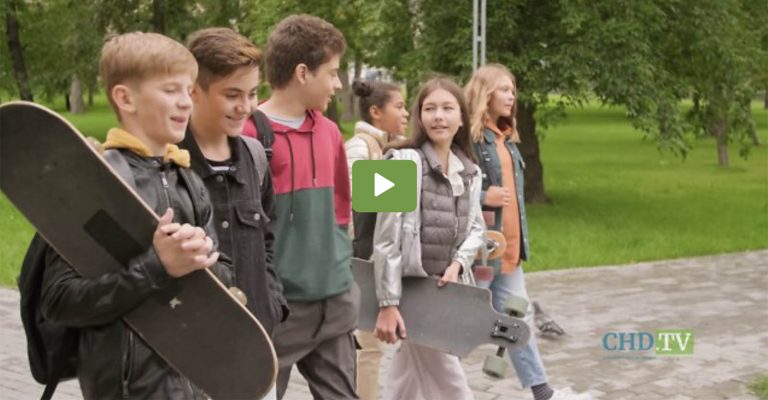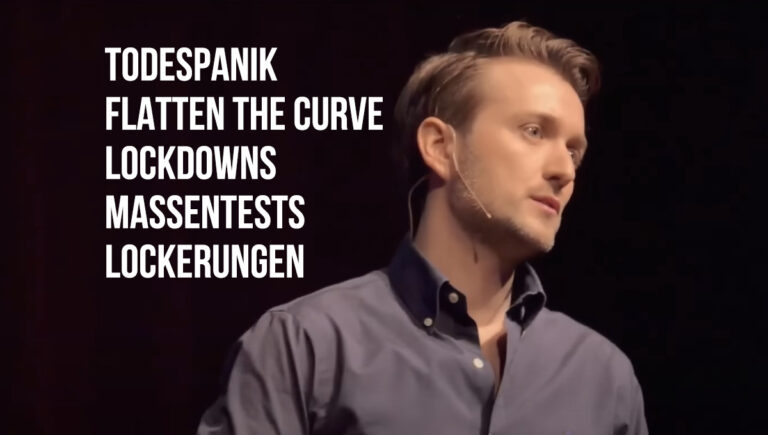Two Kinds of Kids: Neurotypical, Neurodiverse
The latest fad in reporting on autism is to include it in an array of neurological disorders and call it all neurodiversity.
Neurodiversity doesn’t sound so bad. It’s just a lot of differences. It includes kids with autism, ADD, ADHD, OCD, dyslexia, global developmental disorder (GDD) and more.
Neurodiversity is a fact of life in America, especially when it comes to children. So many children today have some developmental problem that labels don’t raise eyebrows.
These children are the norm. They don’t have disorders, just differences. We don’t ask why a particular child ends up with a diagnosis. There’s lots of company sharing the condition, especially in our schools.
On September 1, 2023, The Buffalo (NY) News published the piece, “Hard transitions’: Buffalo Schools’ special education faces backlash over late-summer changes for students with autism.”
It was all about how changes to Buffalo schools would affect severely autistic kids.
For several years, classes for students with autism and sensory needs in kindergarten through fourth grade contained six students, one teacher and one paraprofessional – referred to as 6:1:1 classes.
This year, these classes have been eliminated and students previously enrolled will now attend classes comprising eight students, one teacher and one paraprofessional (8:1:1) – in different schools, in some cases – in order to “maximize resources and provide continuity for these students with their peers in grades five through 12,” Hammond said in an email.
While the focus of the story was the class changes, what stunned me were the stats on autism in Buffalo.
Students with disabilities account for 18% of Buffalo’s 30,000 students, according to 2022 state data, and other special education classrooms for students without an autism diagnosis may include those with behavior and emotional needs.
The district will enroll 438 students with autism in kindergarten through fourth grade for the 2023-24 school year, Hammond said, an increase of 103 over the previous year.
That last sentence deserves some explanation. Why the huge increase? Should we expect these additions every year?
Here again a story about a change in the special education program is really a story about autism.
A story in Fortune Magazine, also on September 1st, warned that schools have to learn to accommodate all the students with autism. The piece was entitled, “Autism diagnoses are on the rise. School policy must change to safeguard tomorrow’s workforce.”
As awareness of autism spectrum disorder (ASD) has increased in recent years, the number of children diagnosed with the condition has risen dramatically. In 2002, one in every 150 eight-year-old children received the diagnosis. In 2020, the figure was one in every 36, according to data from the Centers for Disease Control and Prevention. That’s an increase of more than 300%.
This was written by Alexander Lopez, an associate professor of occupational therapy at New York Institute of Technology, and he was highly critical of how schools deal with autistic students.
While the medical community understands autism much better now, the understanding “is not yet translated to U.S. school systems.”
Lopez continued:
Educational strategies to help students with ASD have remained largely unchanged for decades. Without significant improvements in policy and practice, an entire generation of children may lose the opportunity to become independent, productive members of society….
We need changes at the state and federal levels to ensure that appropriate ASD intervention continues beyond preschool. K-12 schools should be required to have occupational therapists or other autism specialists on staff.
Lopez is promoting his profession while denying the stunning increase in autism is real.
Lopez also has the rates wrong. He said in 2002, the autism rate was one in 150 and 2020 it was one in 36.
Actually in 2002, the rate was one in 250 eight year olds, and in 2020, it was one in 54. In 2023, it became one in 36.
It really doesn’t matter; the numbers mean nothing to anyone.
Finally on September 3rd Forbes ran the hit piece, “What is Wrong With Our Schools?”
by Nancy Doyle, who describes herself as the Founder of Genius Within, a company specializing in neurodiversity and disability inclusion at work.
According to Doyle, schools have not adjusted to neurodivergent students.
Mainstream education was invented in the industrial revolution, to prepare workers for the modern age. We needed a population that was literate, numerate, able to sit still and concentrate for hours at a time, performing fine motor control in loud, busy environments.
Those who couldn’t cope with these newly vaunted skills were labelled dyslexic, dyscalculic, ADHD, dyspraxic and/or autistic respectively.
Since the Industrial Revolution happened in the 19th century and all the conditions she named are much more recent inventions, her theory makes no sense.
I’m not really sure what her point was in the story, but it’s under the heading: DIVERSITY, EQUITY & INCLUSION.
Doyle uses the terms “neurodivergent” and “neurodivergence” and criticizes schools for being restrictive.
There are few institutions in modern society where the consequence of non-compliance is restriction of freedom and isolation units: schools have more in common with prisons. You can get fired from a job for not performing, but it is not legal to detain you.
All three of these stories ignore reality: CHILDREN TODAY ARE NEUROLOGICALLY DAMAGED AND SCHOOLS HAVE TO DEAL WITH THEM.
In Buffalo, they’re left to deal with jaw-dropping autism increases among their students.
Fortune Magazine acknowledges the increases in autism then immediately pretends they’re not real.
Forbes rewrites history theorizing that students have always been “neurodivergent.”
Why so many children cannot function normally is never the focus. Schools are chastised for failing to provide for them. We have turned the abnormal into the normal
This is a farce. Pretending that we just need to be inclusive and all our problems will go away is not reality.
In the story from Buffalo, parents describe what their autistic children are like.
Kate Nowadly’s 5-year-old son with autism is nonverbal, with a tendency to run or climb anything in sight.
Marissa and Nathan Mieth said their son, Anthony, an elementary school student with autism, can throw tantrums and push over tables if his routine is disrupted.
This is the behavior that Nancy Doyle refers to as diversity. These are students that can only function in small groups with constant supervision. Our schools are overwhelmed with a disabled population that was not here 20 or 30 years ago, and no one is willing to recognize it.
Originally published on Age of Autism
Suggest a correction







